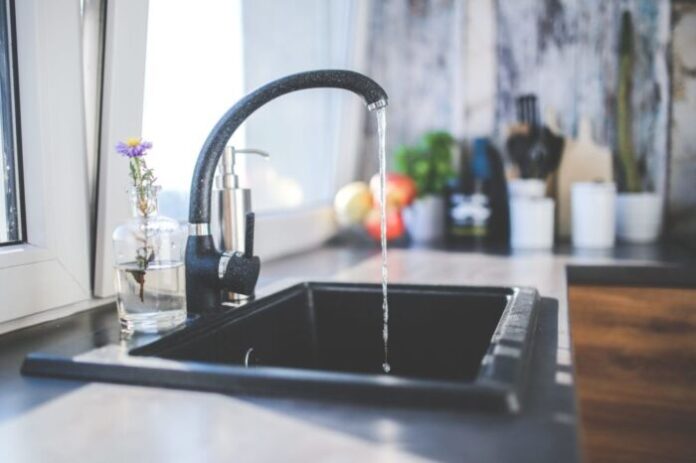
2361/5000The tap water is good for the environment and the wallet, and is the result of long work in perfect optics of circular economy. What is it with Italians and bottled water? The quality of tap water in Italy is among the best in Europe yet, according to Censis data, 62% of families prefer bottled water, spending around 240 euros a year. Every Italian, on average, drinks 208 liters of bottled water a year: Italy is first in Europe, where the average is 106 liters, and second in the world after Mexico (244 liters).
Utilitalia, the Federation of water, environmental and energy companies, launched the campaign “Your water, our commitment”: through the hastag #insiemeperlacqua, the awareness campaign will involve the associated companies that deal with the water service on the whole National territory.
Last February the European Union issued a new directive to drastically reduce the use of bottled water: every day in Italy we use 30 million plastic and 7 glass bottles, with the result that in a year 13.5 billions of bottles become waste to be managed.
“Behind the water that comes out of the tap – explains the president of Utilitalia, Giovanni Valotti – there is a long process that starts with the collection and continues with the treatment, transport, distribution, sewerage and purification, to return it to the environment ready to return to the circle. A virtuous example of a circular economy, with thousands of daily quality controls and a supply chain that employs over 100 thousand people to guarantee citizens safe, ecological and economic water”.
Water is a precious asset that must be preserved in the face of increasingly intense and frequent extreme weather phenomena. In order to guarantee a safe supply of drinking water in the coming years, Utilitalia highlights, investments of 7.2 billion euros are needed in our country: 3.9 in the South and Islands, 1.9 in the Center and 1.3 in the North .
The number of infrastructure investments that should be made to combat droughts is over 700, equal to 50 euros per inhabitant per year for a period of 4 years: these are reservoirs, new supplies, reuse of waste water, reduction of dispersions and interconnections between aqueducts.



































